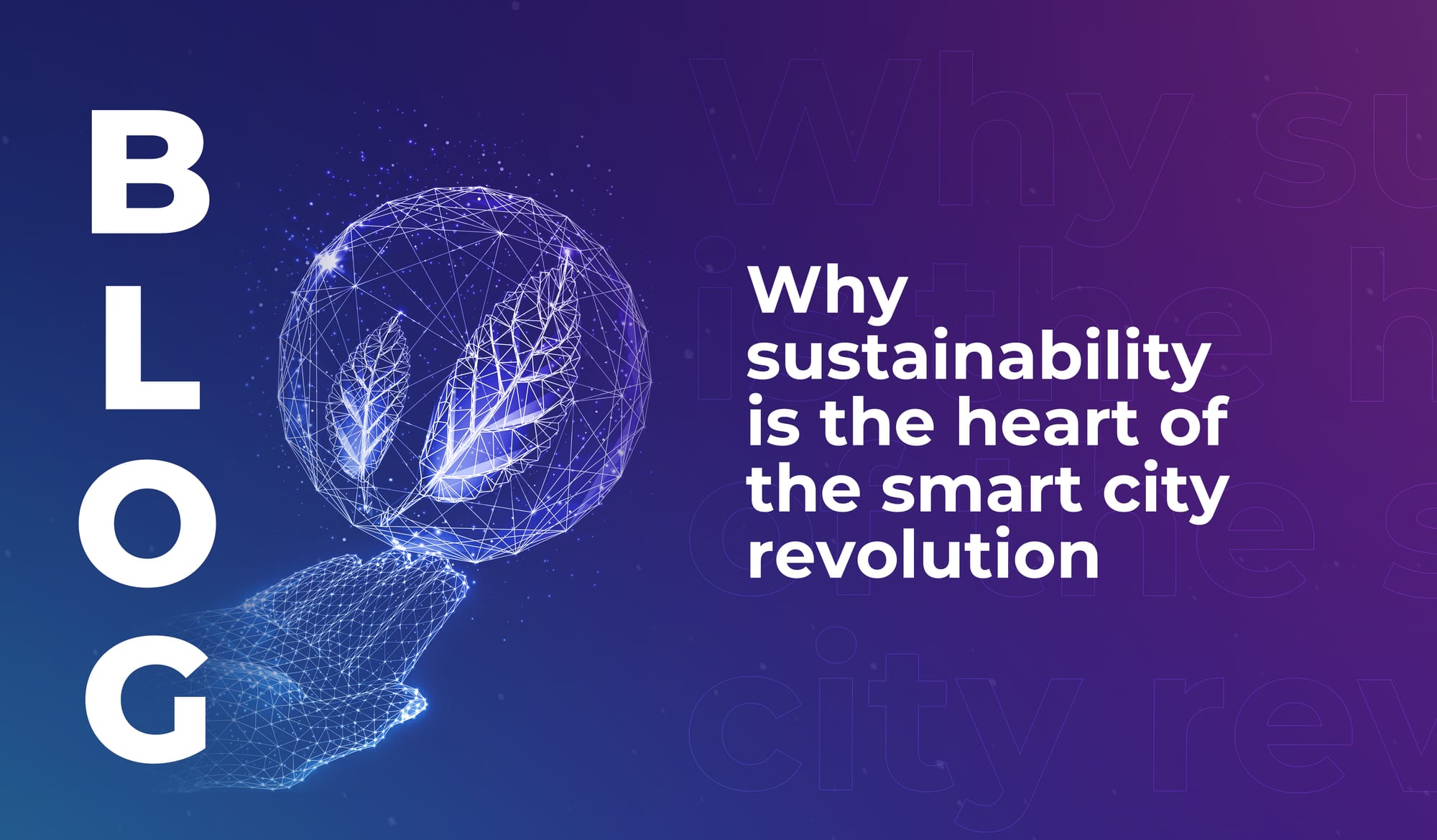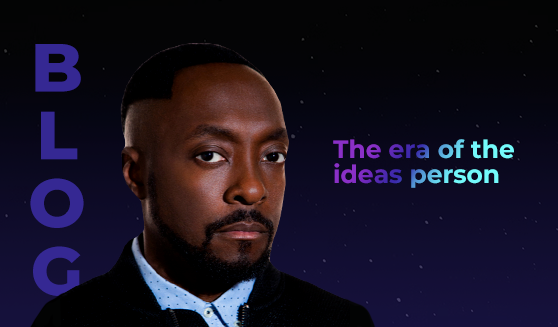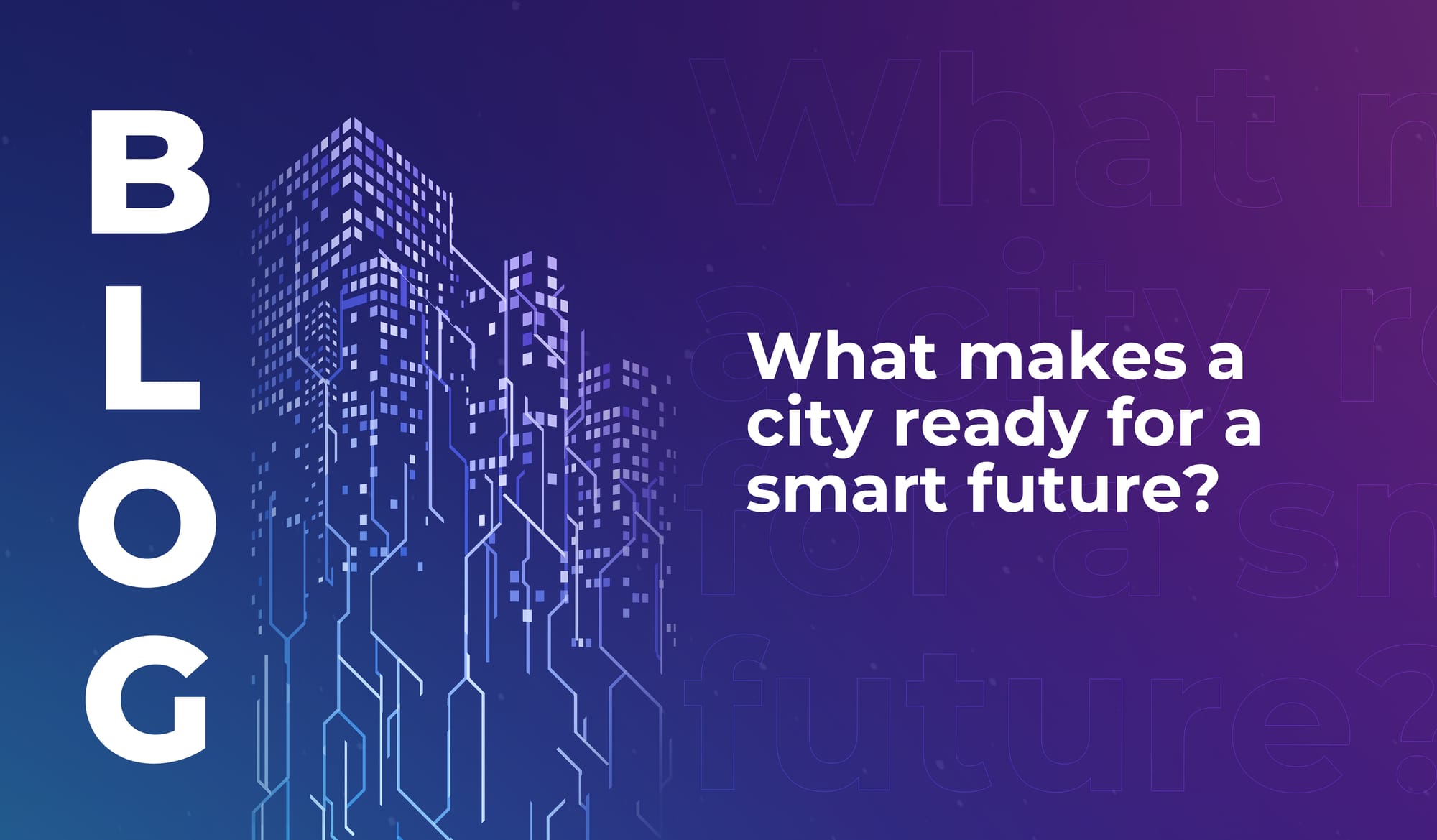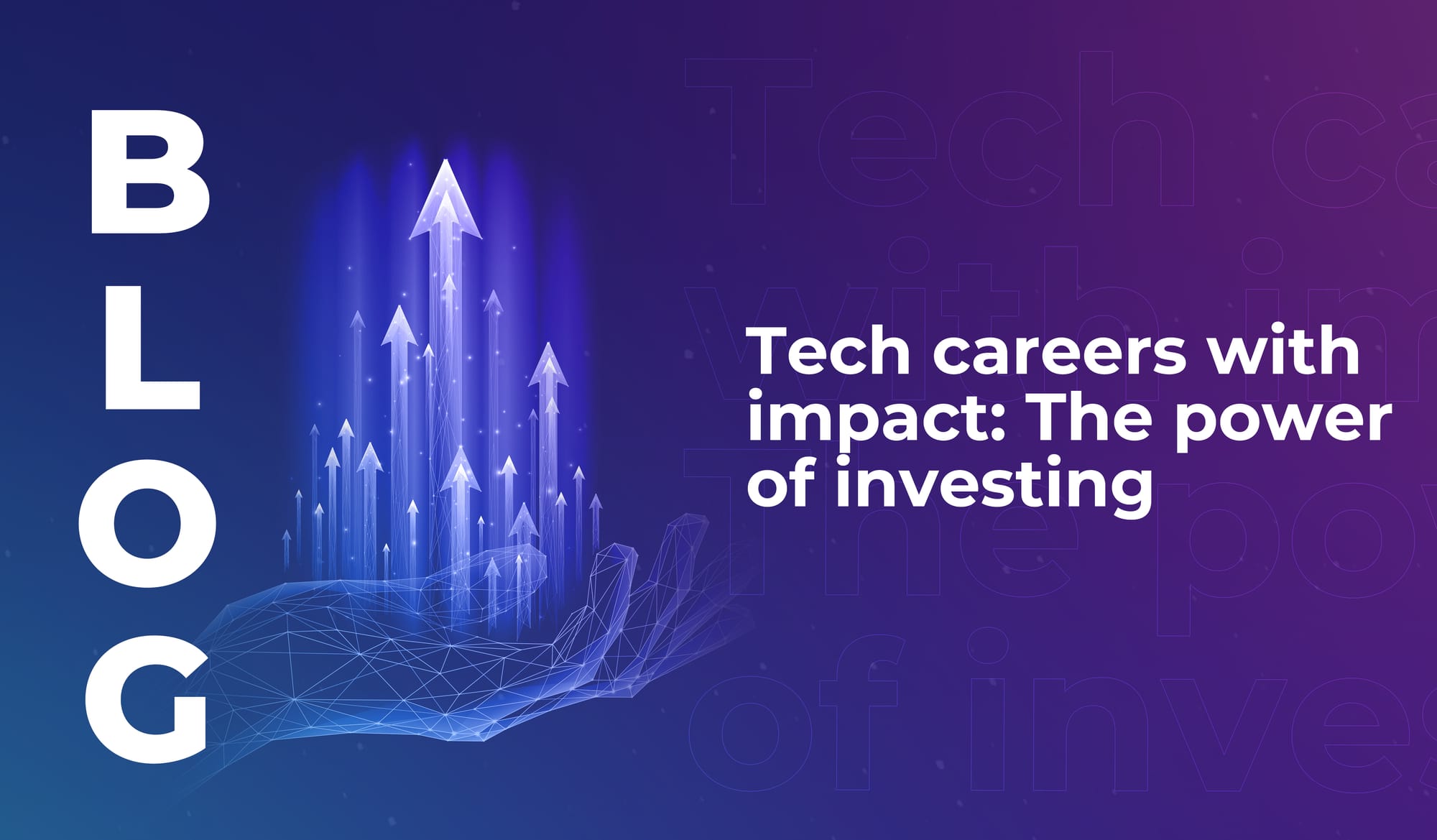
Why sustainability is the heart of the smart city revolution
The smart cities of the future will use tech to lower emissions, cut urban temperatures, and improve quality of life in highly populated areas.


“There are lots of problems out there. But if you’re trying to solve the problem creatively, then that’s exciting. To me, this is the most exciting time — the best time — to be creative.”
Creativity is no longer the exclusive domain of people who’ve spent painstaking years training in their art. Like it or not, current technology enables everyone to express a creative vision. But that’s not necessarily something to worry about.
At #LEAP23, we welcomed will.i.am (American Rapper, Futurist and Tech Entrepreneur) to the stage – and he told us he doesn’t believe that tech will dilute creativity. Instead, digital tech and generative AI will create outstanding work in collaboration with outstanding creatives. And for those truly creative individuals, technology provides liberation from limitations of training and resources.
Daisy McAndrew (British Journalist) asked will.i.am about his journey from music into the tech industry. “My instrument is the computer,” he said, “so I wanted to dive into that realm and understand the folks that were behind the tool that liberates my creativity.”
His path through tech has included involvement in the launch of the iPod and iTunes; Blackberry; and Dr. Dre’s Beats, which sold to Apple in a $3.2 billion acquisition in 2014.
“Right now is the most exciting time to be creative. This is the age of the idea person. Because now you can materialise an idea instantly. You don’t have to wait for someone to open the door for you. You don’t have to play an instrument — you can speak to the machine and the machine will be able to execute what’s inside your mind. We’ve never seen this liberation when it comes to the individual with an idea.”
Loads of people around the world are stressed out by generative AI right now. The World Economic Forum’s summary of the situation notes that while AI will accelerate the pace of innovation, it will increasingly become “more helpful and distracting, potentially inhibiting human creativity.”
Kai-Fu Lee (a VC who formerly worked in AI for Google and Microsoft) predicts that AI will displace 40% of all jobs worldwide within the next 15 years. And Forbes recently reported that AI is a growing threat to commercial arts jobs, as a result of AI tools that can create hundreds of images in any style.
For people working in creative industries, there’s a sense of a ticking time bomb; and it’s not yet clear how much human creative work will be replaced by effective and cheap AI solutions.
“There’s truth to that,” conceded will.i.am, “but I’m an optimist, and I believe in the true creative. Imagine you were a painter and you painted landscapes for a living, and then someone introduced you to someone who could take a photo of it. That didn’t stop painters from painting, and not everyone’s a great photographer just because you can aim a camera at a landscape. You still have to have an eye. You still have to have an idea.”
“A human with a big imagination at the helm, guiding, bantering, ping-ponging, meditation — you’re going to have tomorrow’s James Camerons, times a thousand.”
Tech won’t, however, enable anyone to become a world renowned artist. As will.i.am put it, “the bar of awesome” will be so low in an overcrowded creative landscape that while machines will be able to churn out average stuff, it’s only when harnessed by a brilliant individual that machines will create incredible creative work.
The future, then, isn’t an era of soulless robot art, littered with the relics of human creativity. It’s the era of imaginative freedom and (almost) limitless possibilities. So what will you create?

The smart cities of the future will use tech to lower emissions, cut urban temperatures, and improve quality of life in highly populated areas.

Discover the cities that rank highly for smart city preparedness, and learn why locally relevant innovation is more important than cutting-edge tech.

If you’ve ever thought about becoming a tech investor, read this – learn why investors are the quiet force shaping the future of the industry.

The smart cities of the future will use tech to lower emissions, cut urban temperatures, and improve quality of life in highly populated areas.

Discover the cities that rank highly for smart city preparedness, and learn why locally relevant innovation is more important than cutting-edge tech.

If you’ve ever thought about becoming a tech investor, read this – learn why investors are the quiet force shaping the future of the industry.